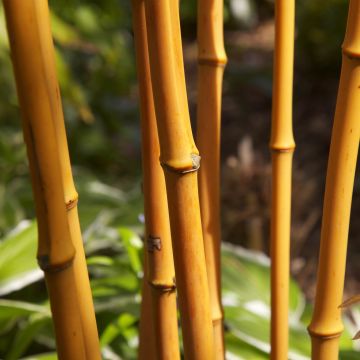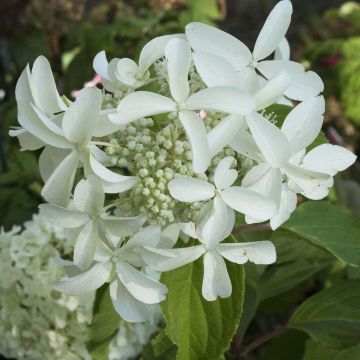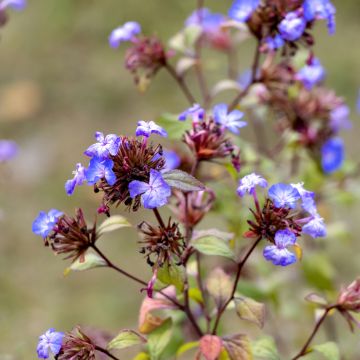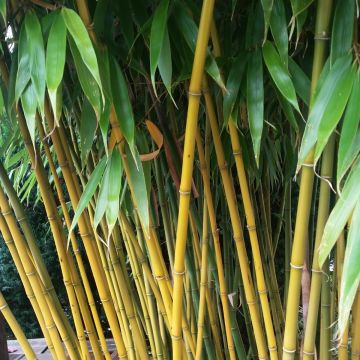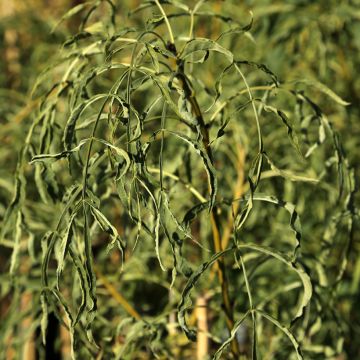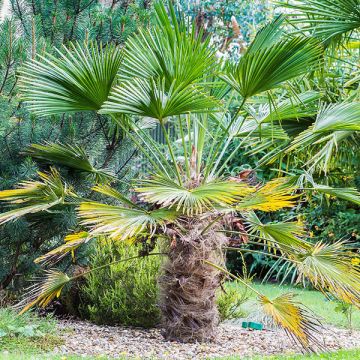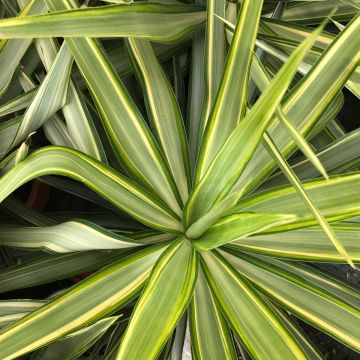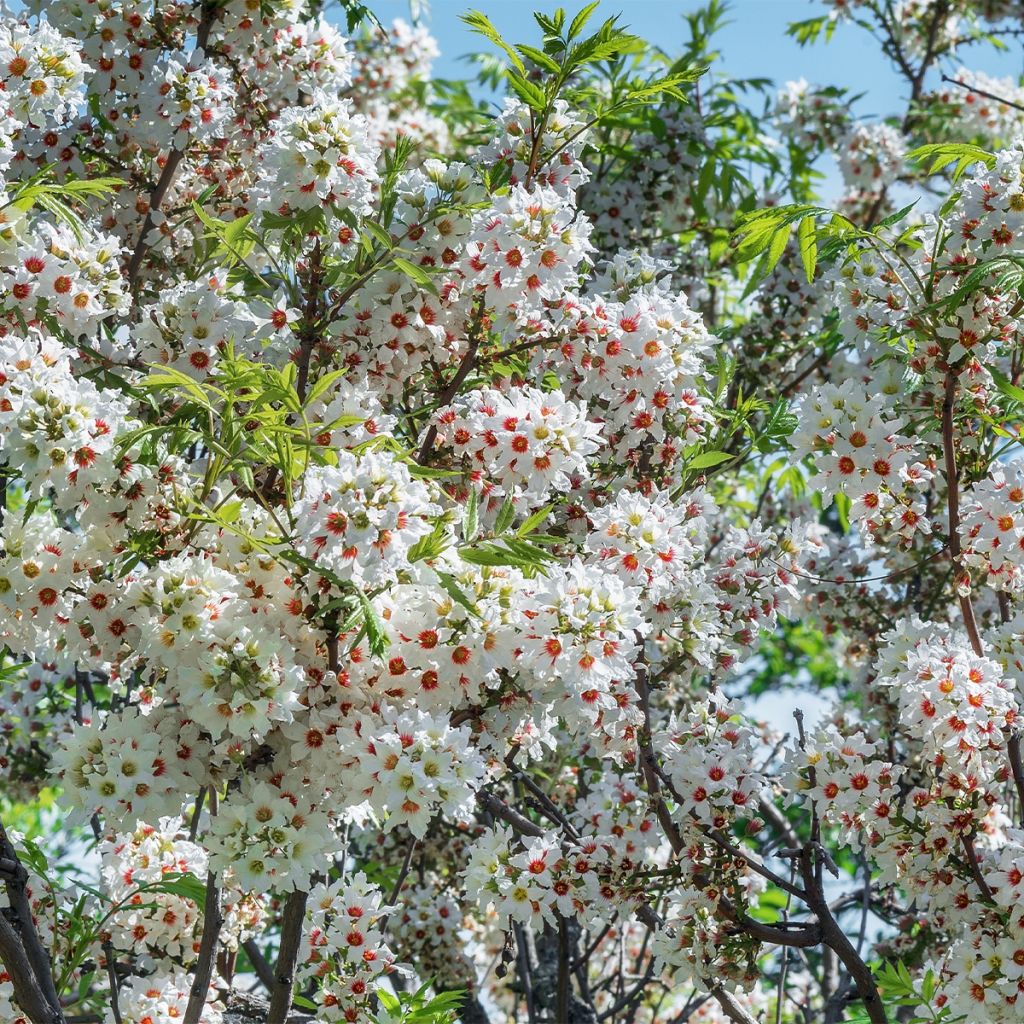

Xanthoceras sorbifolium
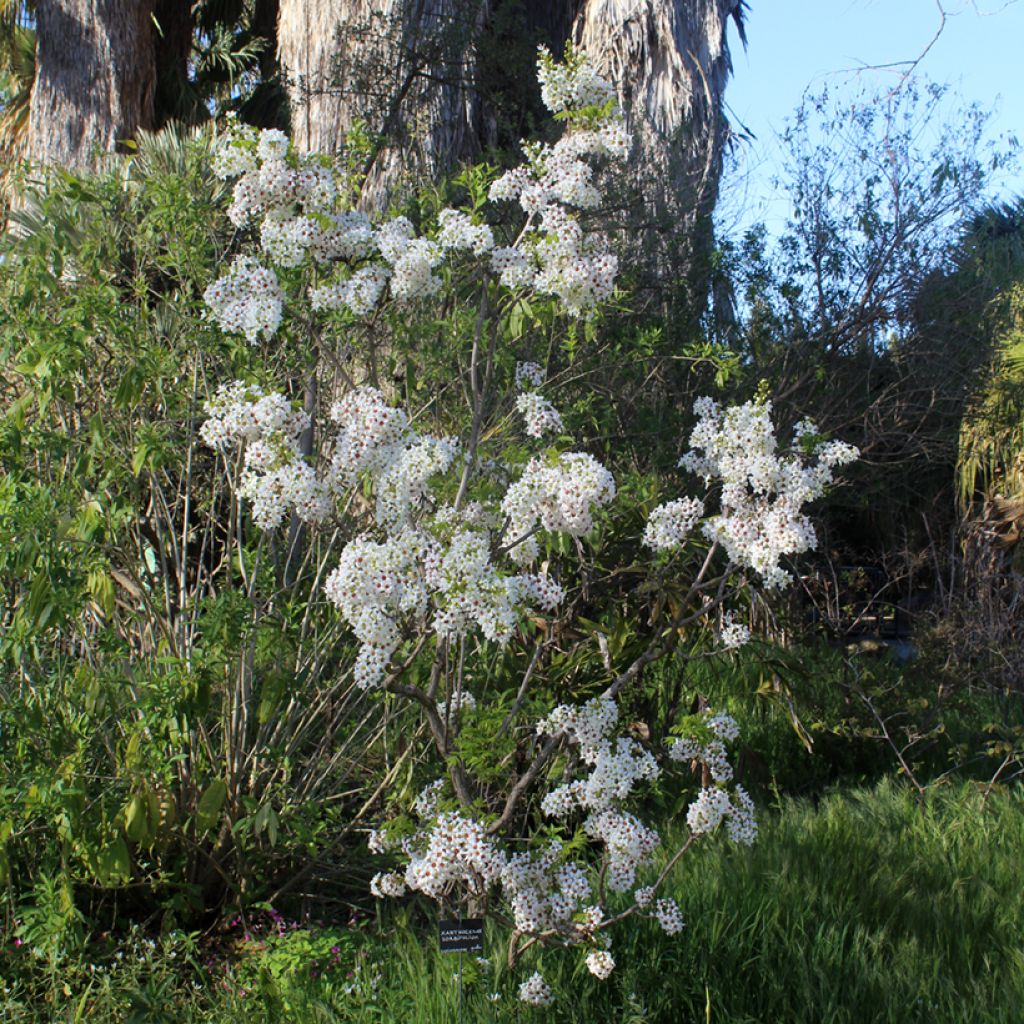

Xanthoceras sorbifolium
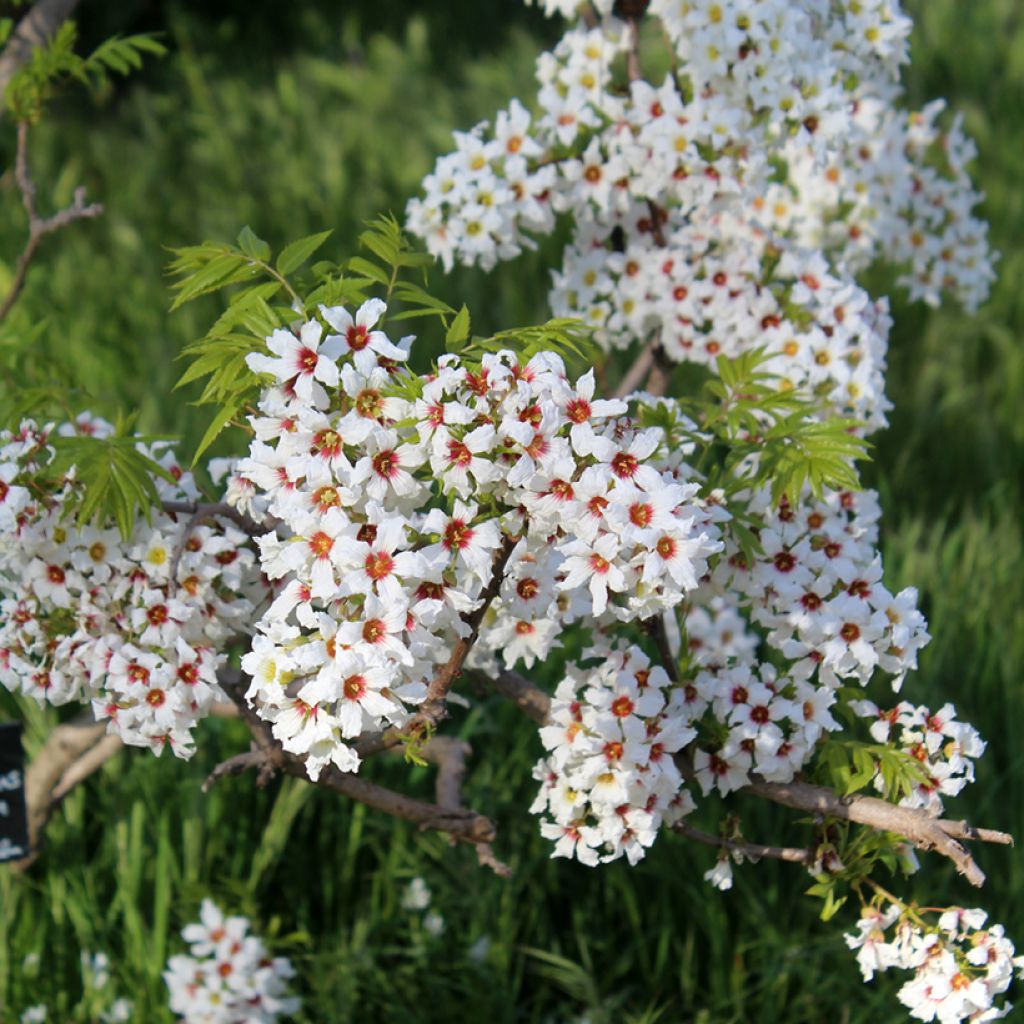

Xanthoceras sorbifolium
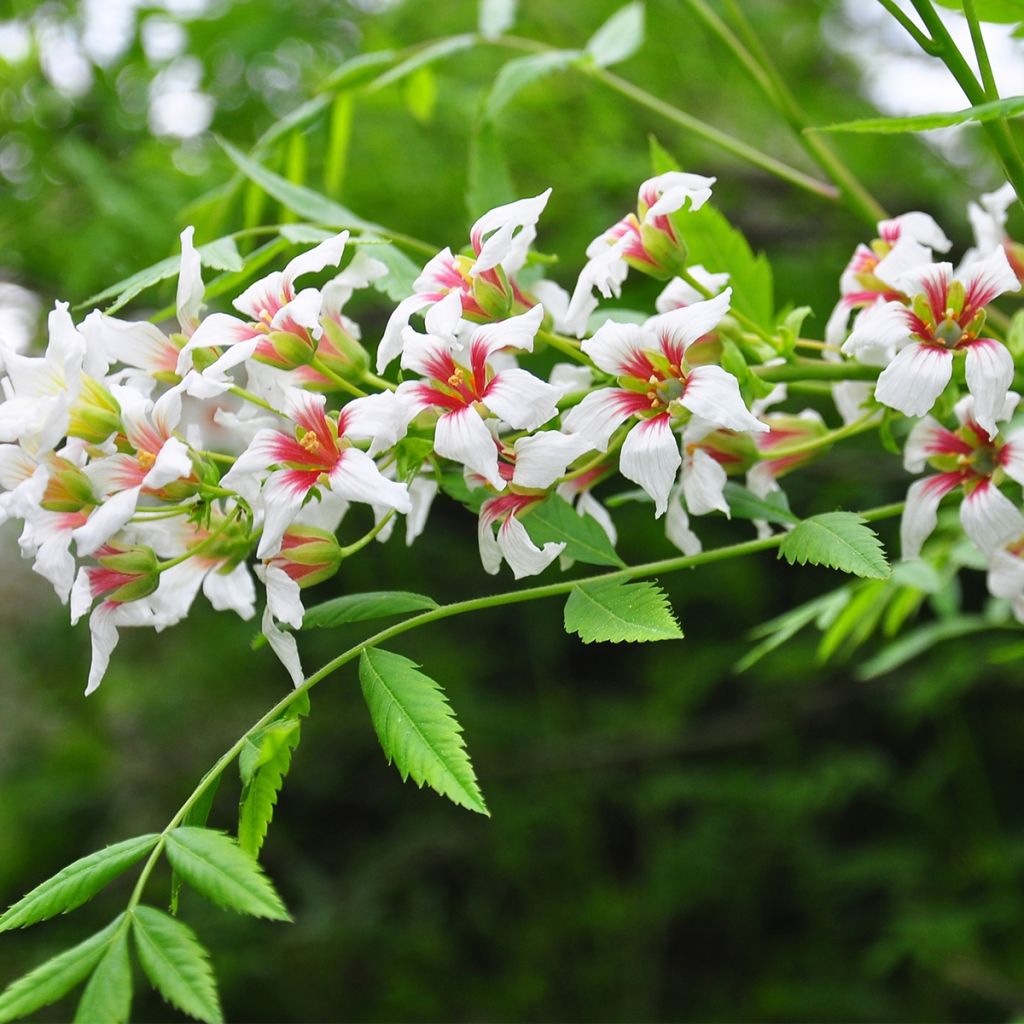

Xanthoceras sorbifolium
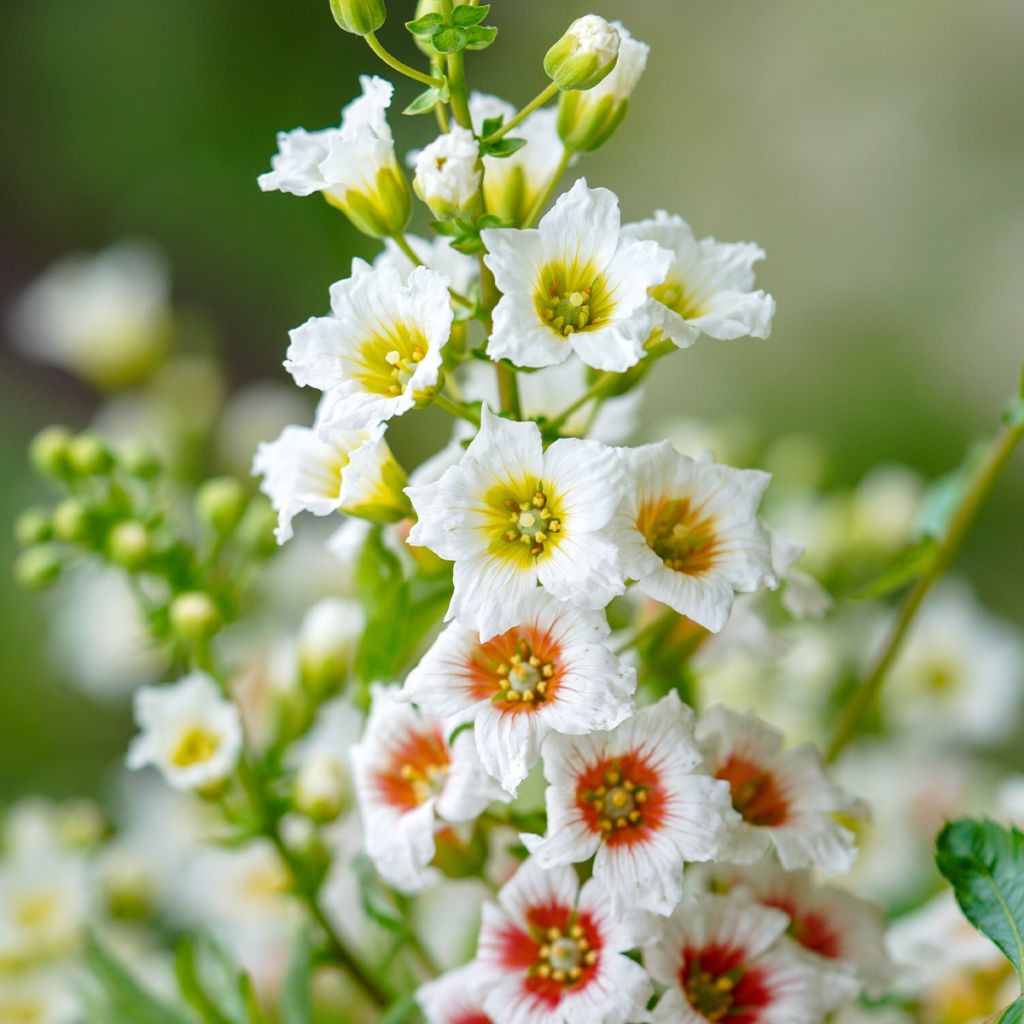

Xanthoceras sorbifolium


Xanthoceras sorbifolium
Xanthoceras sorbifolium
Xanthoceras sorbifolium
Shinyleaf Yellowhorn, Yellow Horn
A bit disappointed, but we'll see once it has resumed.
Murielle, 30/01/2024
Special offer!
Receive a €20 voucher for any order over €90 (excluding delivery costs, credit notes, and plastic-free options)!
1- Add your favorite plants to your cart.
2- Once you have reached €90, confirm your order (you can even choose the delivery date!).
3- As soon as your order is shipped, you will receive an email containing your voucher code, valid for 3 months (90 days).
Your voucher is unique and can only be used once, for any order with a minimum value of €20, excluding delivery costs.
Can be combined with other current offers, non-divisible and non-refundable.
Home or relay delivery (depending on size and destination)
Schedule delivery date,
and select date in basket
This plant carries a 24 months recovery warranty
More information
We guarantee the quality of our plants for a full growing cycle, and will replace at our expense any plant that fails to recover under normal climatic and planting conditions.

Would this plant suit my garden?
Set up your Plantfit profile →
Description
Xanthoceras sorbifolium, also known as Shinyleaf Yellowhorn, is a shrub that is very rare in our gardens, probably due to its slow growth, the fragility of the young plants, and limited ability to propagate. It is a charming cousin of the Chinese Goldenrain Tree (Koelreuteria paniculata) that has light foliage reminiscent of the mountain ash, offers abundant and colourful spring flowering, and beautiful autumn colours. It is also an interesting plant for its edible seeds. Once mature, this shrub becomes very resistant to cold, as well as summer drought. It undoubtedly deserves a place in many gardens!
The Xanthoceras genus belongs to the Sapindaceae family and has only one species, Xanthoceras sorbifolium, native to northern China and also found in Korea in its natural state. It was introduced to France as early as 1866 but remains rarely cultivated there. It is rarely found except in urban parks or botanical gardens, such as the Paris botanic garden where a beautiful specimen can be admired. Very resistant to cold once mature, the shrub tolerates limestone soils if they are deep and well-drained, as well as summer drought once well rooted. Overall, it only fears excessively wet soils and summers that are both hot and humid.
It is a large shrub or small slow-growing tree, with a bushy habit, reaching an average height of 3.5 m (11 ft) to 4 m (13 ft) and almost the same width when fully grown. It forms a single trunk or several trunks and has a spreading, sparsely branched crown. Its bark is dark brown and cracks with age. The deciduous foliage is composed of pinnate leaves that are 12 to 30 cm (5 to 12 in) long, divided into 15 to 19 elliptical and toothed leaflets, with the terminal leaflets often trilobed. The young shoots are acid-green in colour; the leaves then become bright green in summer and golden-yellow in autumn before falling off. In winter, the branches are bare. The flowering period is from April to June depending on the region; this is abundant and lasts for 4 to 6 weeks. The plant produces inflorescences that contain only male flowers as well as inflorescences composed of bisexual flowers. The bisexual inflorescences are produced at the end of the branches, while the upright male inflorescences form lower down on the branches. Each conical panicle measures 15 to 25 cm (6 to 10 in) long. It consists of numerous campanulate flowers with 5 petals, 2 cm (1 in) in diameter; these are slightly fragrant and greatly appreciated by bees. The petals are white, while the flower throat gradually changes from green to acid-yellow, orange, and dark reddish-purple. After pollination, the flowers give rise to spherical capsules, 5-6 cm (2 in) in diameter, ripening in September. Each capsule, divided into 3 chambers, opens to release 6 to 18 large round, black, shiny, edible seeds, rich in oil, with a taste reminiscent of macadamia nuts.
Xanthoceras sorbifolium is an original ornamental shrub to be planted alone in a small garden or within a bed. It can be paired with other lesser-known flowering shrubs to create a unique scene that will surprise your visitors, such as Clerodendron trichotomum, with its large dark green leaves that contrast with the delicate foliage of Xanthoceras, while its late flowering takes over before surprising with its unique decorative fruits. Another rare and slow-growing shrub that can find its place alongside Xanthoceras is Garrya elliptica, with its evergreen foliage consisting of small, fairly dark green and slightly glossy leaves, which will contrast with the vibrant green of Xanthoceras. But above all, when Xanthoceras loses its leaves, Garrya will enchant the winter with its long catkins hanging from its branches like pendants on a chandelier.
An exceptional shrub: in China, Xanthoceras sorbifolium is used to vegetate barren mountains and fight desertification. Its roots help stabilise the soil and limit erosion.
Report an error about the product description
Xanthoceras sorbifolium in pictures
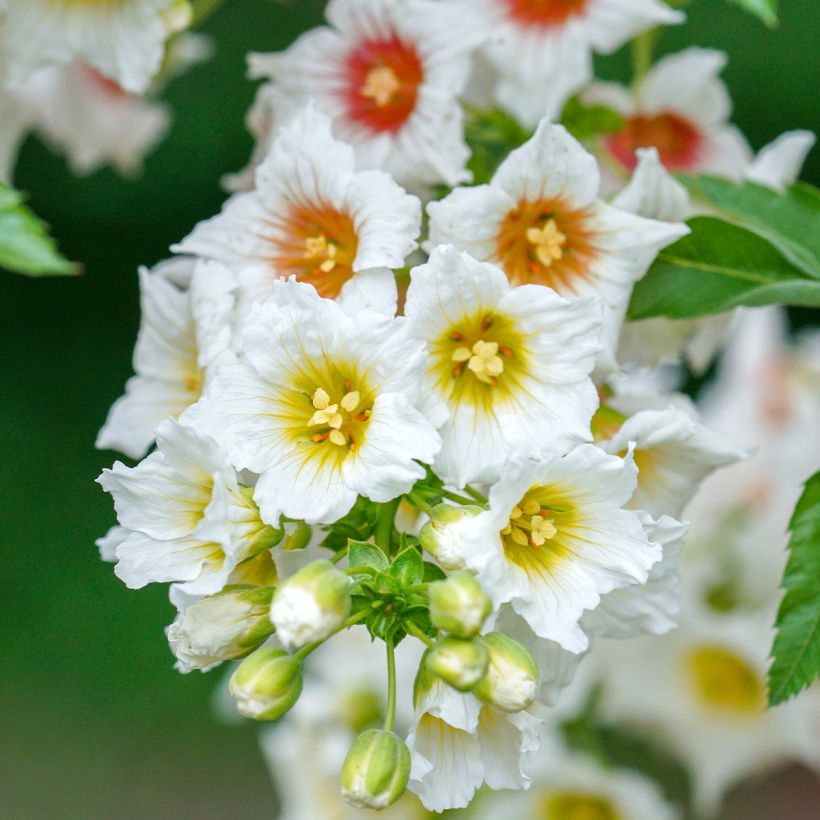

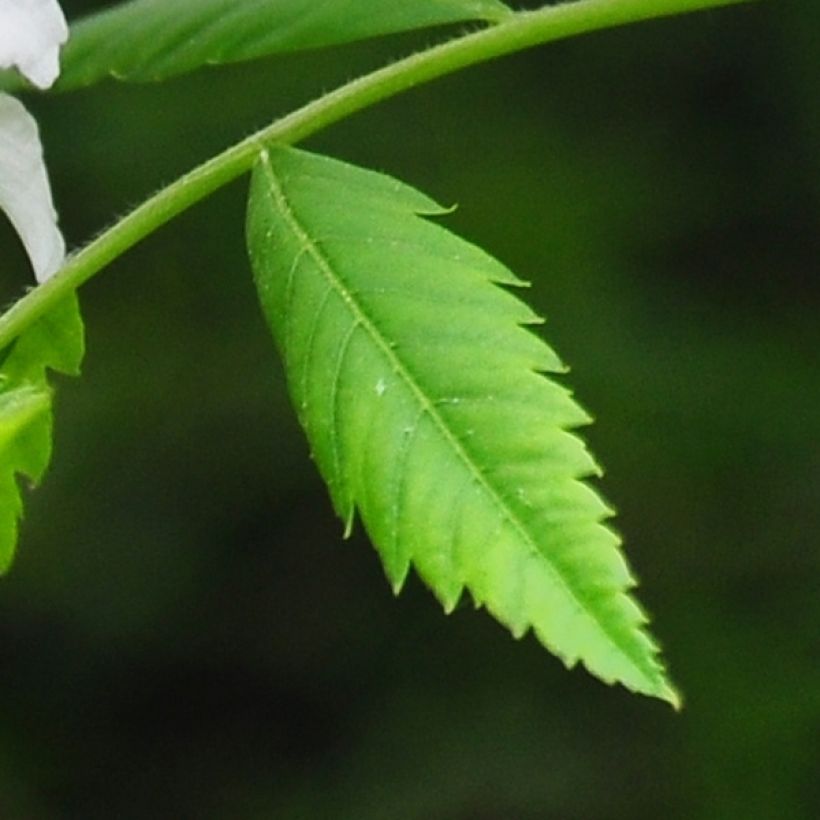

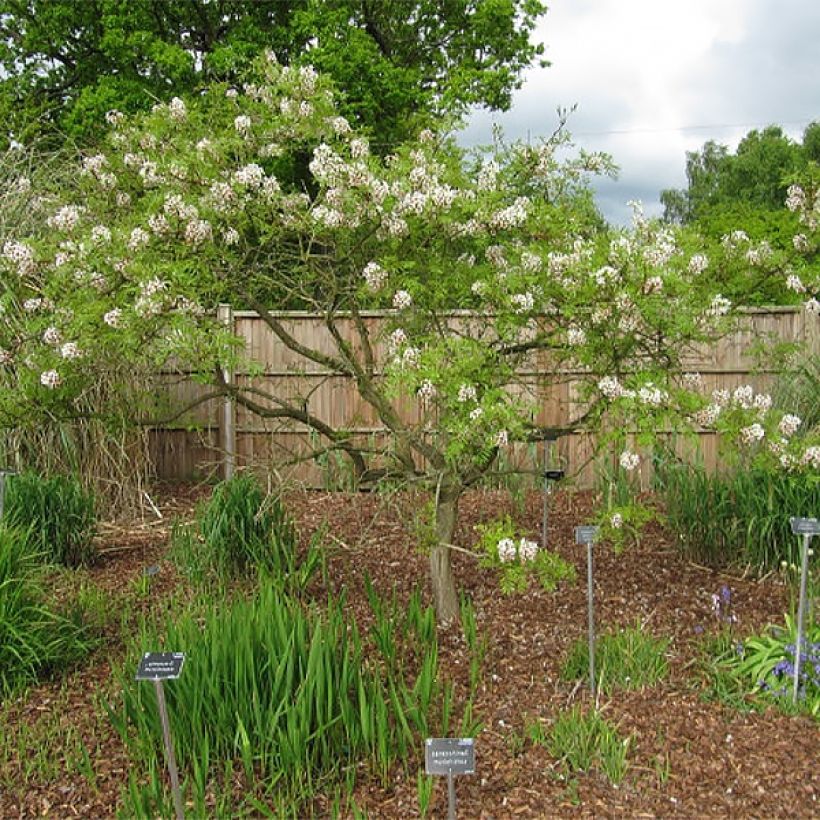

Plant habit
Flowering
Foliage
Botanical data
Xanthoceras
sorbifolium
Sapindaceae
Shinyleaf Yellowhorn, Yellow Horn
China
Other Shrubs A to Z
View all →Planting and care
Xanthoceras sorbifolium, once well established, is a hardy and undemanding tree in terms of soil, as long as it is deep and well drained. It tolerates partial shade, but prefers sunny and hot locations that promote abundant flowering. Beware of late frosts in cold regions. It thrives in slightly acidic to strongly calcareous soils. Dry winters suit it well. Once well rooted, it becomes resistant to summer drought. It is rather slow to establish itself as it roots deeply before producing its branches; it develops a large taproot and thick deep roots. Choose its location carefully as it does not appreciate being disturbed and its roots are fragile. Young plants must be protected from lack of water (abundant but spaced-out watering to encourage roots to grow downwards), as well as from severe frosts and dry cold winds.
Xanthoceras sorbifolium fears soils that are both constantly hot and humid (regions with very hot and very humid summers), which can lead to deadly diseases at the collar and root system. Heavy waterlogged soils in winter should also be avoided.
Planting period
Intended location
Care
-
, onOrder confirmed
Reply from on Promesse de fleurs
Haven't found what you were looking for?
Hardiness is the lowest winter temperature a plant can endure without suffering serious damage or even dying. However, hardiness is affected by location (a sheltered area, such as a patio), protection (winter cover) and soil type (hardiness is improved by well-drained soil).

Photo Sharing Terms & Conditions
In order to encourage gardeners to interact and share their experiences, Promesse de fleurs offers various media enabling content to be uploaded onto its Site - in particular via the ‘Photo sharing’ module.
The User agrees to refrain from:
- Posting any content that is illegal, prejudicial, insulting, racist, inciteful to hatred, revisionist, contrary to public decency, that infringes on privacy or on the privacy rights of third parties, in particular the publicity rights of persons and goods, intellectual property rights, or the right to privacy.
- Submitting content on behalf of a third party;
- Impersonate the identity of a third party and/or publish any personal information about a third party;
In general, the User undertakes to refrain from any unethical behaviour.
All Content (in particular text, comments, files, images, photos, videos, creative works, etc.), which may be subject to property or intellectual property rights, image or other private rights, shall remain the property of the User, subject to the limited rights granted by the terms of the licence granted by Promesse de fleurs as stated below. Users are at liberty to publish or not to publish such Content on the Site, notably via the ‘Photo Sharing’ facility, and accept that this Content shall be made public and freely accessible, notably on the Internet.
Users further acknowledge, undertake to have ,and guarantee that they hold all necessary rights and permissions to publish such material on the Site, in particular with regard to the legislation in force pertaining to any privacy, property, intellectual property, image, or contractual rights, or rights of any other nature. By publishing such Content on the Site, Users acknowledge accepting full liability as publishers of the Content within the meaning of the law, and grant Promesse de fleurs, free of charge, an inclusive, worldwide licence for the said Content for the entire duration of its publication, including all reproduction, representation, up/downloading, displaying, performing, transmission, and storage rights.
Users also grant permission for their name to be linked to the Content and accept that this link may not always be made available.
By engaging in posting material, Users consent to their Content becoming automatically accessible on the Internet, in particular on other sites and/or blogs and/or web pages of the Promesse de fleurs site, including in particular social pages and the Promesse de fleurs catalogue.
Users may secure the removal of entrusted content free of charge by issuing a simple request via our contact form.
The flowering period indicated on our website applies to countries and regions located in USDA zone 8 (France, the United Kingdom, Ireland, the Netherlands, etc.)
It will vary according to where you live:
- In zones 9 to 10 (Italy, Spain, Greece, etc.), flowering will occur about 2 to 4 weeks earlier.
- In zones 6 to 7 (Germany, Poland, Slovenia, and lower mountainous regions), flowering will be delayed by 2 to 3 weeks.
- In zone 5 (Central Europe, Scandinavia), blooming will be delayed by 3 to 5 weeks.
In temperate climates, pruning of spring-flowering shrubs (forsythia, spireas, etc.) should be done just after flowering.
Pruning of summer-flowering shrubs (Indian Lilac, Perovskia, etc.) can be done in winter or spring.
In cold regions as well as with frost-sensitive plants, avoid pruning too early when severe frosts may still occur.
The planting period indicated on our website applies to countries and regions located in USDA zone 8 (France, United Kingdom, Ireland, Netherlands).
It will vary according to where you live:
- In Mediterranean zones (Marseille, Madrid, Milan, etc.), autumn and winter are the best planting periods.
- In continental zones (Strasbourg, Munich, Vienna, etc.), delay planting by 2 to 3 weeks in spring and bring it forward by 2 to 4 weeks in autumn.
- In mountainous regions (the Alps, Pyrenees, Carpathians, etc.), it is best to plant in late spring (May-June) or late summer (August-September).
The harvesting period indicated on our website applies to countries and regions in USDA zone 8 (France, England, Ireland, the Netherlands).
In colder areas (Scandinavia, Poland, Austria...) fruit and vegetable harvests are likely to be delayed by 3-4 weeks.
In warmer areas (Italy, Spain, Greece, etc.), harvesting will probably take place earlier, depending on weather conditions.
The sowing periods indicated on our website apply to countries and regions within USDA Zone 8 (France, UK, Ireland, Netherlands).
In colder areas (Scandinavia, Poland, Austria...), delay any outdoor sowing by 3-4 weeks, or sow under glass.
In warmer climes (Italy, Spain, Greece, etc.), bring outdoor sowing forward by a few weeks.































